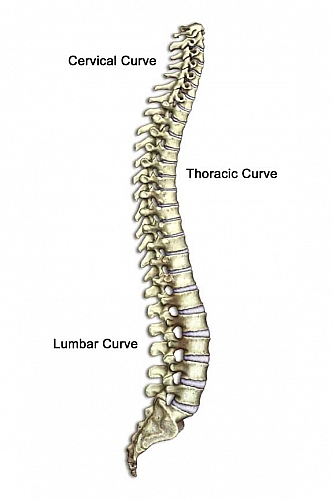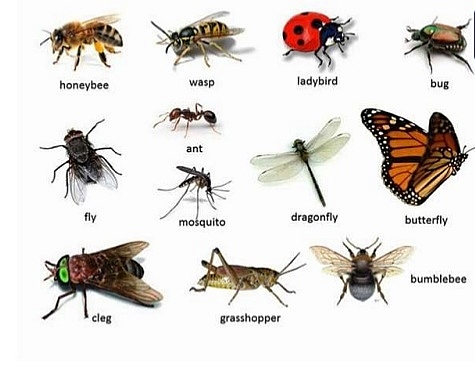Classification of animals into groups has a lot of importance such as giving a summarized view of the animal kingdom (kingdom animalia). This summarized view is necessary due to the high population of members that make up the animal kingdom. One of the most common forms of classification is invertebrate animals and vertebrate animals.
Since ancient times to present; biologists, by extension scientists have discovered and studied hundreds of animals ranging from minute sized animals to giant sized animals like the whale and elephants; from the depth of seas and oceans to the terrestrial habitats made up of varied topographies.
Also evident from latest discoveries of new species of animals, the huge research and search ongoing to discover more animals species, it can be said that the kingdom animalia is made up of plenty members hence the need for classification of animals into groups for easy study. Some animals have been documented to be extinct while others are said to be facing extinction.
The differences in the various habitations of animals have led to the development and/or modifications of anatomical/structural and physiologic/functional features. These features help an animal to adapt and suit favorably to its habitat.
The peculiarity of these features to animals or species found in a given environment is the basis used in classification of animals into groups those with many important features in common are placed in the same group.
The features could range from mode of feeding, body symmetry, respiratory systems/mechanisms, reproductive systems (such as oviparity, ovoviviparity, viviparity), skeletal systems, etc.
Classification of animals into invertebrate animals and vertebrate animals depends on whether an animal possess a vertebral column or it does not possess.
This vertebral column that is also known as spinal column, backbone or spine is a part of the skeletal system of animals, especially those with endoskeleton. The vertebral column is a series of bones extending from the base of the skull to the tail of an animal. The vertebral column is usually flexible, running in the body dorsally and more of dividing the body longitudinally into two equal halves. Therefore, the two classes:
Table of Contents
Invertebrate animals Classification
These are animals that dont have vertebral column. The animals can be addressed simply as invertebrates. The group, also termed invertebrata, can be divided into different classes as listed below.
Different Classes of Invertebrate animals
- Prorifera, example sponges
- Coelenterate, examples hydra, sea anemone
- Platyhelminthe examples tapeworms, planaria, liverfluke
- Nematoda examples hookworm, threadworm, filarial worm
- Annelida examples earthworm, leeches
- Mollusca examples snails, oysters, octopuses, squids
- Echinodermata example starfish
- Arthropoda
The Phylum arthropoda is futher divided into different classes.
Classes of Phylum Arthropoda
- Crustacea examples crabs, prawns, lobsters, krills
- Insecta examples butterfly, housefly
- Myriapoda examples centipedes, millipedes
- Arachnida examples ticks, mites, spiders, scorpions
Vertebrate animals Classification
These are animals that possess vertebral column. These animals can simply be called vertebrates and the group is referred to as vertebrata. Its divided into different classes as listed below.
Vertebrate Classes Classification
- Pisces example tilapia
- Amphibia examples frogs, toads
- Reptilia examples lizard, snakes , crocodiles, turtles
- Aves examples chickens, pigeons
- Mammalia examples rats, dogs, foxes, lions goats, whales, monkeys, human beings


